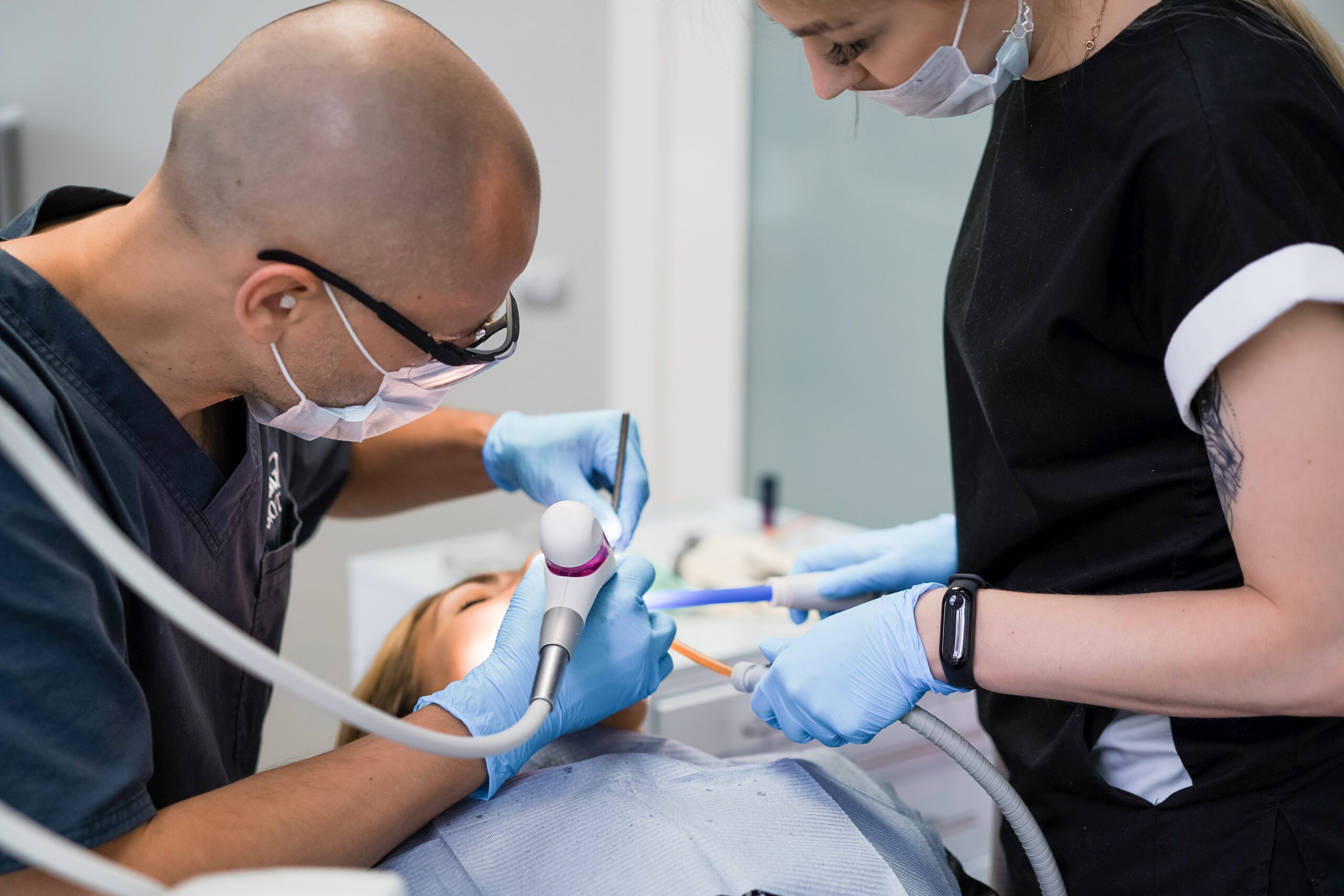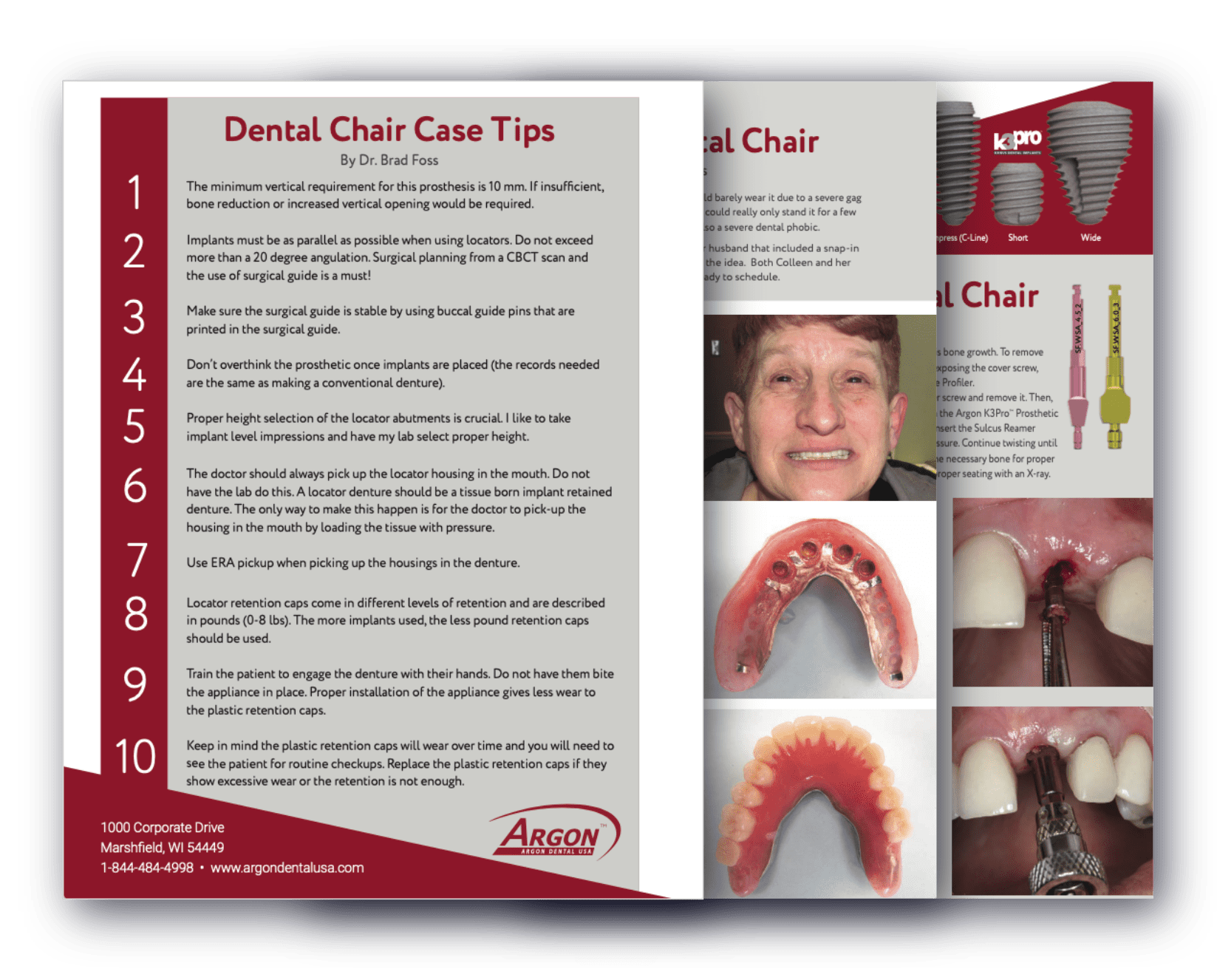Osteoactive Surface Treatment of Implants
October 17, 2023

The success of an implant depends on how well osseointegration occurs. Implant surface properties such as surface roughness, composition, and topography influence the osseointegration process. Subtractive methods such as etching and blasting are often used to increase the surface area and microtopography/texture of implant surfaces.
We at Argon Medical[1] are committed to excellence. We have our products tested at regular intervals to identify areas of improvement. In 2009, we sent a K3Pro implant to IGMHS, a DAP-accredited examination laboratory, to get its subtractive surface examined.
Testing Specification: Display of specimen surfaces through secondary electrons and measurement of particle lengths in grindings, powders, and separates using ASTM E 1508-98, QM-AA 5.09-03, QM-AA 5.09-20, and QM-AA 5.09-41.
Examination Process
The examination was conducted using SEM of the type Leitz “AMR 1600T” with an electrical upgrade. The primary voltage was 20 keV. Pictures were documented using a secondary electron detector and a digital interface. The examination team applied the Point-programme DIPS 32. The chemical composition of the implant surface was analyzed using a Bruker X-Flash-EDX-detector equipped with a light-element window, which enables the detector to detect elements with an ordinal >/= 5. The spectra were recorded in field mode (300 s MZ, rate of incoming impulses was 3 kcps).
Note
EDX is an effective technique used to carry out elemental analyses of the surface of samples. Its main advantage is that it enables location-dependent examination of very small surface areas. Below are some disadvantages that should be considered when the spectra are examined and results are interpreted.
❖ Overlapping of Lines: When designating spectrum peaks, the instrument operator individually preferred the element that was more likely to be present, based on their experience. There is a possibility that other elements were present in low concentrations.
❖ Detection Limit: Depending on various factors, including the atomic number of the element and the excitation voltage during the examination, it is possible to detect low element concentrations (<0.3 percent).
❖ Excitation Conditions: Tiny particles can be shot through by the excitation beam. Depending on the specifics of the case, the results can be derived from the adjacent areas.
❖ Quantification: A lack of quantification standard following the physical base model.
Results
The specimen had an etched surface.
The examination team examined three measuring points.
➢ Measuring point 1: In the upper area of the angular running shoulder.
➢ Measuring point 2: In the middle of the specimen on a screw mountain.
➢ Measuring point 3: In the middle of the specimen in a screw valley.
Measuring Point Shoulder
5 single cavities were measured in this area. Their diameters were between 1.8 and 4.3 µm, with a mean diameter of 3.0 µm. The diameters of lacunae clusters were between 20.7 µm and 39.7 µm).
Measuring Point in the Middle of the Implant
5 single cavities were examined in this area (diameters between 2.2 µm and 3.3 µm, with a mean diameter of 2.9 µm). The diameters of lacunae clusters were between 14.7 µm and 24.3 µm.
Measuring Point in the Midpoint of the Specimen in a Screw Valley
5 single cavities were examined in the area (diameters between 1.8 µm and 4.3 µm, with a mean diameter of 3.1 µm). The diameters of lacunae clusters in the area were between 13.5 µm and 26.2 µm.
Argon Dental offers a range of world-class dental implant systems. Our implants undergo rigorous testing and meet the highest quality standards. Have questions about the K3Pro? Call (844) 484-4998.



